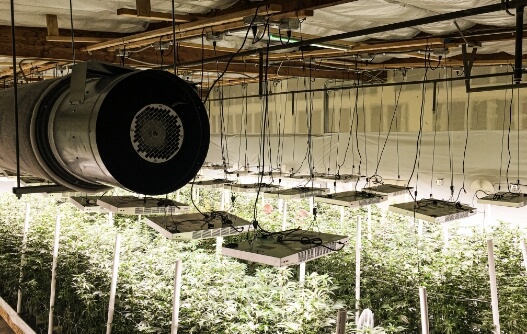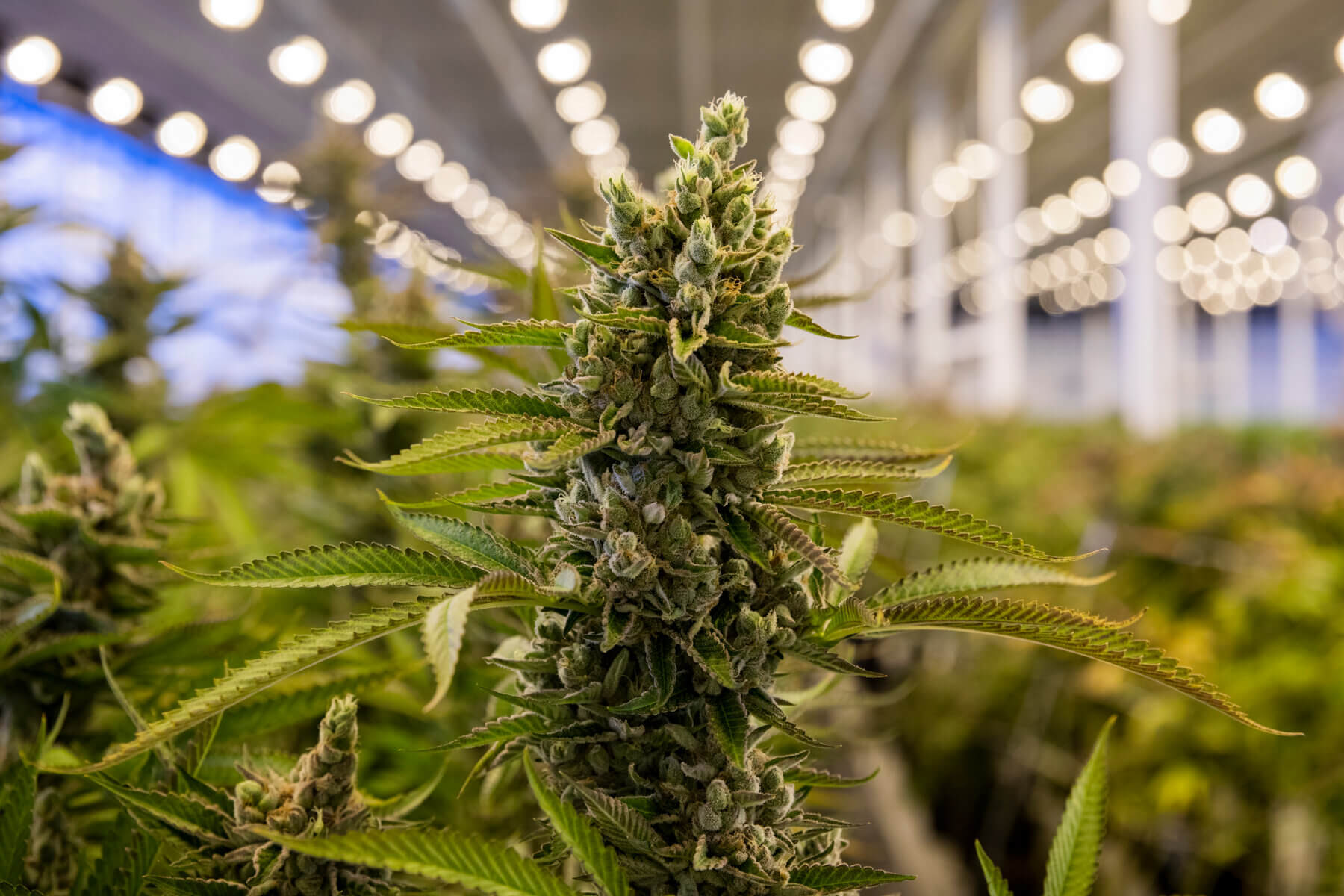
Indoor gardens have undergone a metamorphosis, evolving from sun-starved corners of the earth to thriving ecosystems under the glow of horticultural LED lights. For the aspiring cultivator, navigating the intricate world of photosynthetic photon flux density (PPFD), Photosynthetically Active Radiation (PAR), and controlled growing environments is daunting. This guide delves deep into the scientific principles governing indoor gardens, empowering you to cultivate legendary yields with the power of LEDs.
Plants require a specific recipe of light wavelengths (tuned spectrum) for optimal growth and bud development. While sunlight provides a natural spectrum, its inconsistency and limitations necessitate a more controlled approach indoors. Enter the realm of full-spectrum LED lights, meticulously engineered to mimic the sun’s beneficial wavelengths, but with the added advantage of tunability and efficiency. Unlike their outdated counterparts, these lights don’t simply bathe your plants in generic “blue” or “red”; they provide a carefully crafted blend that caters to the specific needs of your chosen strain.
Light intensity matters just as much as spectral composition. PPFD (Photosynthetic Photon Flux Density) is a crucial metric quantifying the number of photosynthetically useful photons striking a specific area per second. Imagine it as the caloric value of the light your plants are receiving, whereas the spectrum dictates the nutrition. For most cannabis strains, a sweet spot of 500-800 µmol/m²/s is ideal, but remember, this dance between intensity and stage of growth is delicate. For example, most seedlings require 100-300 µmol m-2 s-1, vegetative stage is generally between 400 and 600 µmol m-2 s-1, and the flowering stage usually requires between 800 and 1100 µmol m-2 s-1.
Modern LED lights aren’t just static light sources – they’re dynamic tools for cultivators. CABA’s fixtures allow you to adjust their spectrum and intensity, empowering you to fine-tune your cultivation environment for maximum dankness. Imagine shifting the light balance slightly towards red wavelengths during flowering to promote bud density and trichome production, or experimenting with blue-enriched spectrums during vegetative growth for stronger stems and bushier plants. Remember, research is key: understanding your chosen strain’s specific light requirements is paramount for unlocking its full potential.
Light may be the maestro of the indoor garden, but it’s only one instrument in the orchestra of plant growth. Air quality plays a vital role, and just like you wouldn’t want to breathe stale air, your plants thrive on fresh circulation. Invest in a robust HVAC (Heating, Ventilation, and Air Conditioning) system to maintain optimal temperature (70-80°F/21.1-26.7°C) and humidity (55-65%), creating a haven for your green companions. Any cultivator who monitors their indoor grow should also monitor CO2 and understand how it interacts with PPFD and VPD (vapor-pressure deficit). It has been shown that plant water status is generally improved at elevated CO2 and increasing VPD could reduce vegetative growth due to an increase in surface resistance. Growers should be cognizant that the different parameters in their grow will lead to different results based on what strains prefer.
Remember, there’s no magic formula for dank buds, but there are guiding lights. Each strain, like a unique snowflake, has its own genetic blueprint and specific requirements. Don’t just toss seeds in dirt and expect frosty colas; immerse yourself in the science. Research different strains, delve into their photobiological characteristics, and understand their preferred light spectrums, intensities, and environmental conditions. Join online communities of experienced growers, engage in discussions, and don’t be afraid to experiment within the boundaries of best practices. CABA’s very own Jim Berry is an excellent resource. After all, the journey to cultivating legendary dankness is a continuous learning process, and every harvest presents an opportunity to refine your skills and elevate your garden to new heights.
